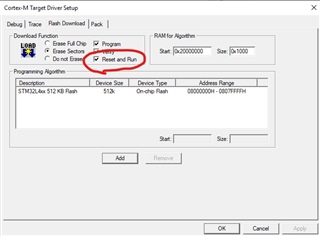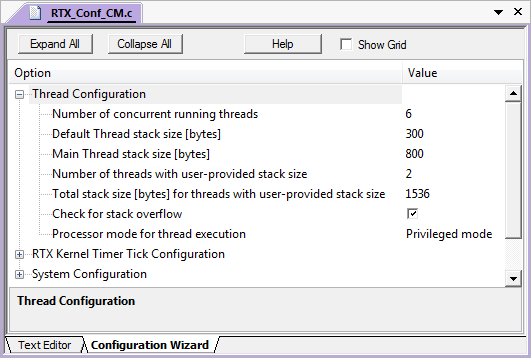
- #How to use non volatile variable in keil mdk arm install
- #How to use non volatile variable in keil mdk arm update
- #How to use non volatile variable in keil mdk arm code
The following example is for Eclipse IDE find similar settings for Keil and IAR. Make a note of the installation path of pyocd-gdbserver you'll need it when you set up the debug configuration inside the IDE.
#How to use non volatile variable in keil mdk arm install
If you contributed to PyOCD and an updated version hasn't been released yet, you can invoke the local copy: pip install -editable You need the version with the new target support. hex firmware under DAPLink\uvision_release\.

#How to use non volatile variable in keil mdk arm update
You need to update the new DAPLink interface firmware, which includes the new target support, on your interface MCU. Setting up to debug Mbed OS programs Update DAPLink interface firmware You can then use pip install pyOCD to enable debug. Wait for your target support to be merged into pyOCD's master branch and released in PyPi.
#How to use non volatile variable in keil mdk arm code
To add the Flash programming source code to the FlashAlgo repository: You need to either write FlashAlgo source code yourself, or use the one provided with your MCU. Adding a new target Add a new target to FlashAlgoĭAPlink requires FlashAlgo to program a target. You now have a working baseline and are ready to add a new target. Make sure the program runs correctly, if it fails, please see the debugging page. Mbed compile -target K64F -toolchain GCC_ARM To verify that you have a working fork, please build Blinky to a supported target: cd mbed-os-example-blinky cd mbed-osīuild the Blinky program for an existing target Set up the upstream remote, and create a branch for the new port. The following Mbed CLI commands retrieve and fork the mbed-os-example-blinky code, and redirect mbed-os to point to the newly forked mbed-os repository:ĭelete the file mbed-os.lib ( rm mbed-os.lib on Linux/macOS, del mbed-os.lib on Windows).Īdd your fork of mbed-os (change the URL to match your repository).

Porting Getting a working baseline Create forks


 0 kommentar(er)
0 kommentar(er)
